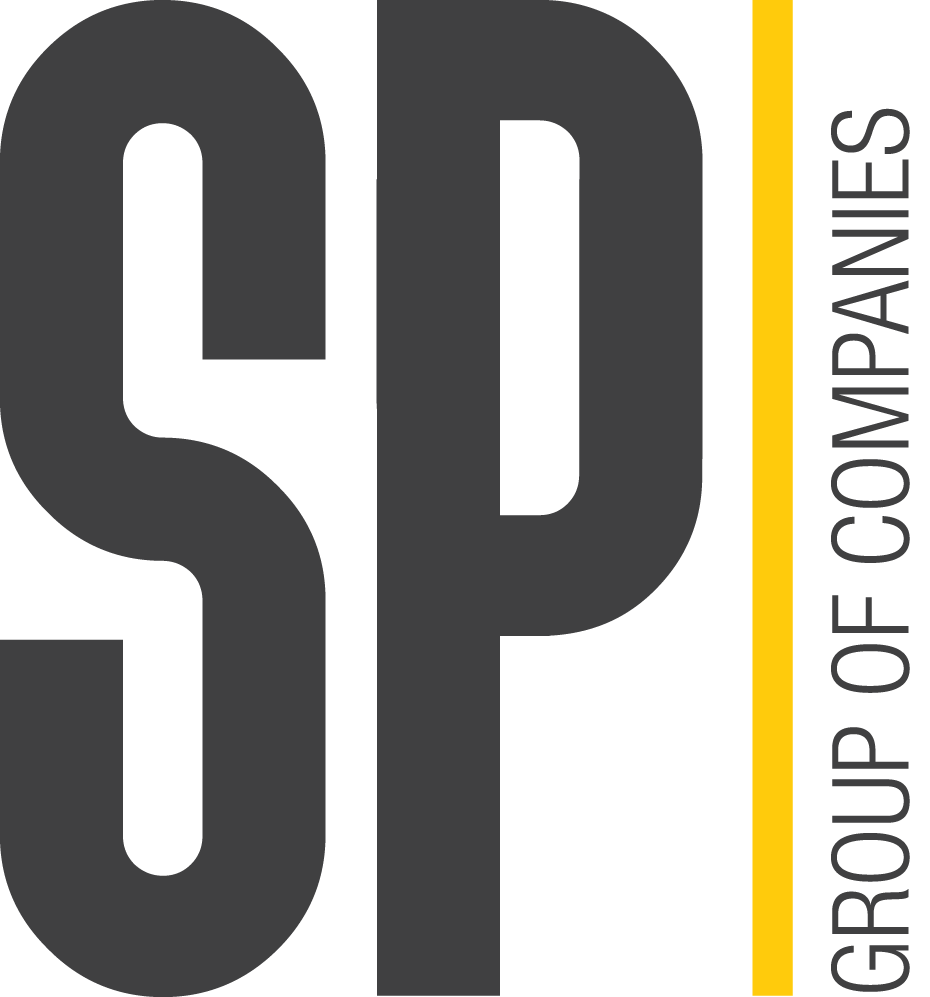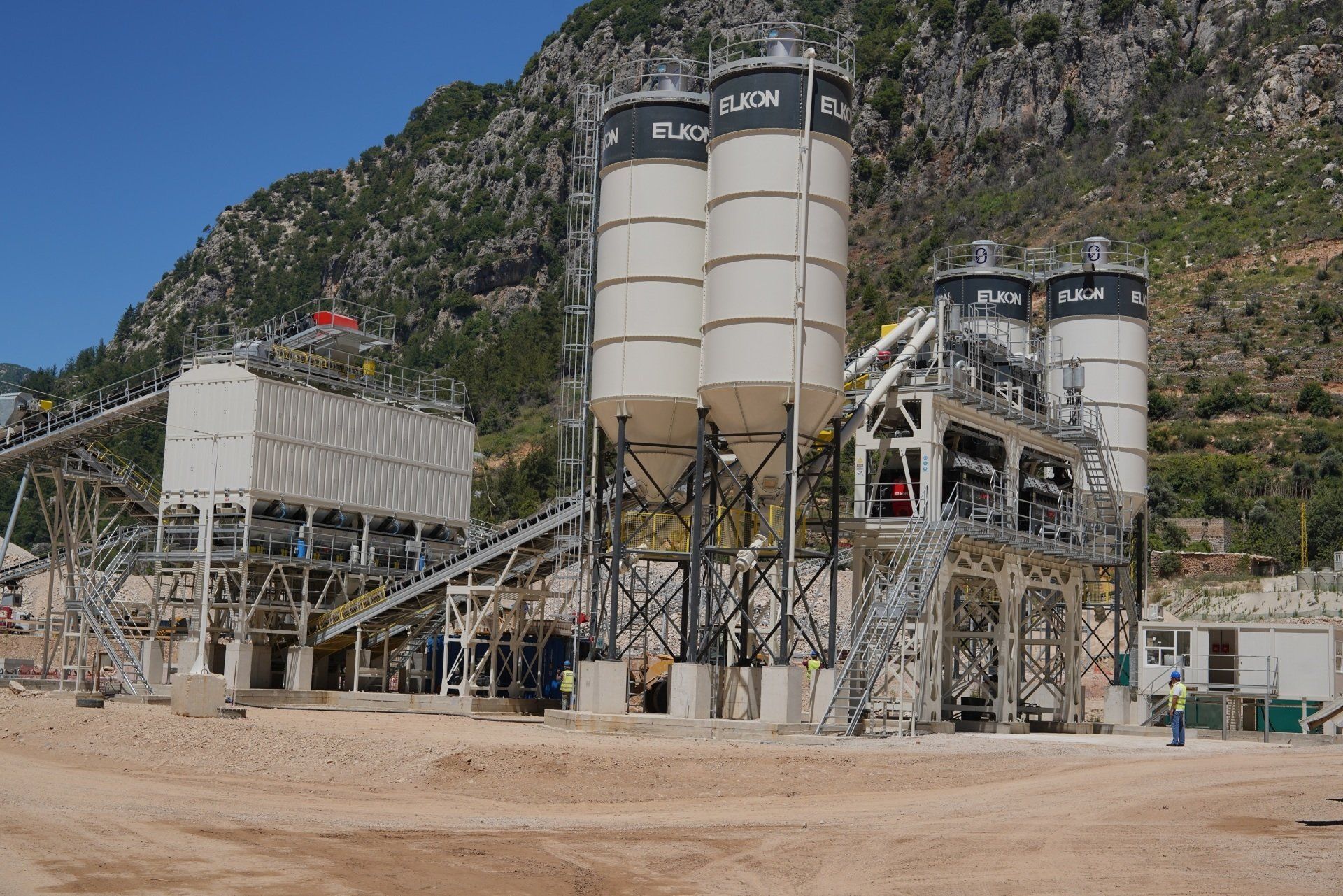Analysis Overview
Analysis is the process of breaking a complex topic into smaller parts in order to gain a better understanding of it. It is a critical tool in the decision-making toolbox for any sized business. It requires both an understanding of the investment considered and the potential business impact to find the right answer. It helps derive the economic life of an equipment and a replacement policy as well as how to schedule a production-driven, equipment-intensive project to achieve target production rates and meet target equipment-related unit costs and profits.
Total Cost of Ownership (TCO)
Total cost of ownership (TCO) is an analysis that highlights the difference between purchase price and long-term cost of a machinery or plant. It places a single value on the complete lifecycle of a capital purchase. This value includes every phase of ownership: acquisition costs, operating costs, and personnel costs.
Acquisition Costs
include the cost of equipment before taxes, but after commissions, discounts, purchasing incentives, and closing costs. Sometimes this will include one-time peripheral equipment or upgrades necessary to installation or utilization of the asset. Managers discovered that supporting the equipment and software could cost between 5 and 8 times the purchase price.
Operating Costs
include subscriptions or services needed to put the item into business use. This includes utility costs, direct operator labor, and initial training costs.
Personnel Costs
include administrative staffing, support personnel to the equipment, facility housing the equipment and operators. This may include ongoing training and troubleshooting labor for maintenance purposes.
True total cost
include not only costs but incremental savings or revenue flows created by the capital investment. The change in cash flows versus the "business as usual" option is what mitigates total cost of ownership (TCO). Those monies must be valued using Net Present Value calculations to consider the values over time.
Return on Investment (ROI)
To effectively evaluate any type of investment, it is important to first understand the return on investment (ROI). This understanding serves as the baseline for all informed investment decisions.
ROI is a performance measure used to evaluate the efficiency of an investment or to compare the efficiency of a number of different investments. Return on investment is a simple calculation that tells you the bottom line return of any investment.
ROI is a ratio between net profit over the life time of the equipment and the cost of investment at a point in time. A high ROI means the investment’s gains compare favorably to its cost. As a performance measure, ROI is used to evaluate the efficiency of an investment.
If we combine the life time of an equipment with the total cost of ownership (TCO), it becomes clear that investing in a quality and well maintained equipment, using original spare parts, trained personnel, and performing local support would provide the highest ROI.
ROI = (Gain from Investment - Cost of Investment) / (Cost of Investment)


